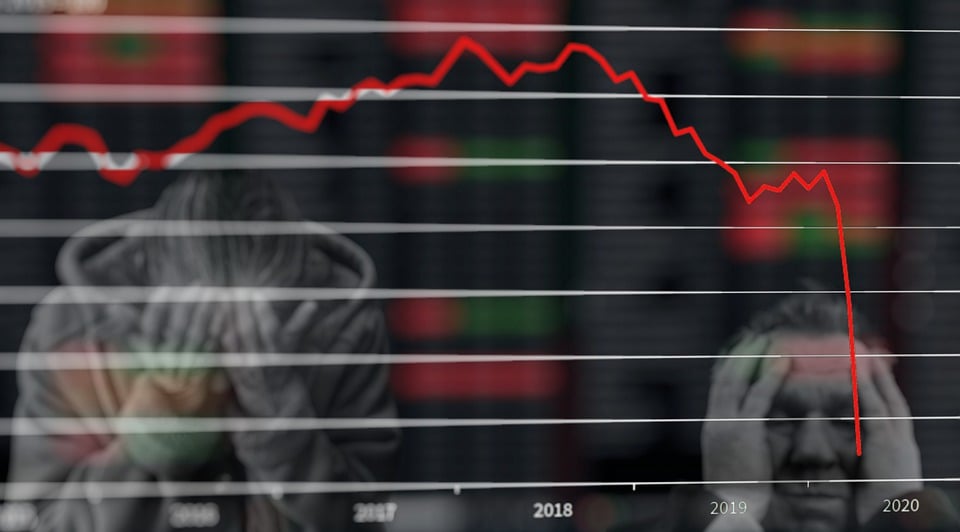"Technical Recession"

Image Source: Pixabay
I just got back from vacation and was greeted by the United States’ 2022Q2 GDP release which hit the dreaded “two-quarters of contraction” status. Some people have decided that this counts as a “technical recession,” although it is unclear where the adjective “technical” comes from.
Since I am catching up with everything, I am unable to do a detailed analysis. If I do anything, I will postpone it until next week. I just want to add yet more words to the “is it a recession?” debate.
My view is straightforward: the NBER declares U.S. recessions, and I am not going to refer to a downturn in U.S. data as a “recession” unless the NBER has declared one. The thing to keep in mind is that the declaration can arrive with a considerable lag, so I have no issues with texts arguing that one is currently in progress without the NBER committee declaring anything, so long as that condition is noted. i
I have been distracted in the past couple of months with a major consulting project, as well as things like my vacation. As such, I have been paying even less attention than usual to the economic data flow. My feeling has been that employment data was too strong in the first quarter to take the position that the U.S. was already in recession seriously, but data have arguably been weakening since then. Employment is a coincident (and not a leading) indicator, but my interest here is the question of whether the U.S. is already in recession, not whether the future activity will weaken (which is probably more important for markets).
Outside of the political angle (e.g., “The Biden Recession”), we need to ask the “so what?” question about a recession declaration. The usual reason why we care about a recession is job losses, which can have knock-on effects on credit losses (and possibly even financial stability). The other concern is that recessions are normally strongly dis-inflationary events. Although some over-extended price series are correcting, I still do not see anything big enough to really make a major dent in wage growth. That may happen, but it was certainly not in place in the first quarter of 2022.
Finally, I was traveling yesterday and did not have a chance to look into what the Fed had to say. My impression is that the Fed is moving towards a hard-to-predict “hike by random amounts if inflation data are strong, but otherwise do not move” mode. This was the downside to the large hikes: they would just be hiking in smaller amounts on an “autopilot” basis instead of having pauses between larger hikes. This reaction function means that vibes alone might move the terminal rate by 100 basis points, and vibes seem hard to forecast. As for the GDP report, the Fed is likely to remain concerned about the more forward-looking components; an inventory correction is by definition a time-limited event.
More By This Author:
On Bottom Up Inflation AnalysisCrypto And The Real Economy
Treasury Market Pricing
Disclaimer: This article contains general discussions of economic and financial market trends for a general audience. These are not investment recommendations tailored to the particular needs of an ...
more


